Home>Home Appliances>Cleaning Appliances>How Do You Know The Suction Power Of A Vacuum Cleaner
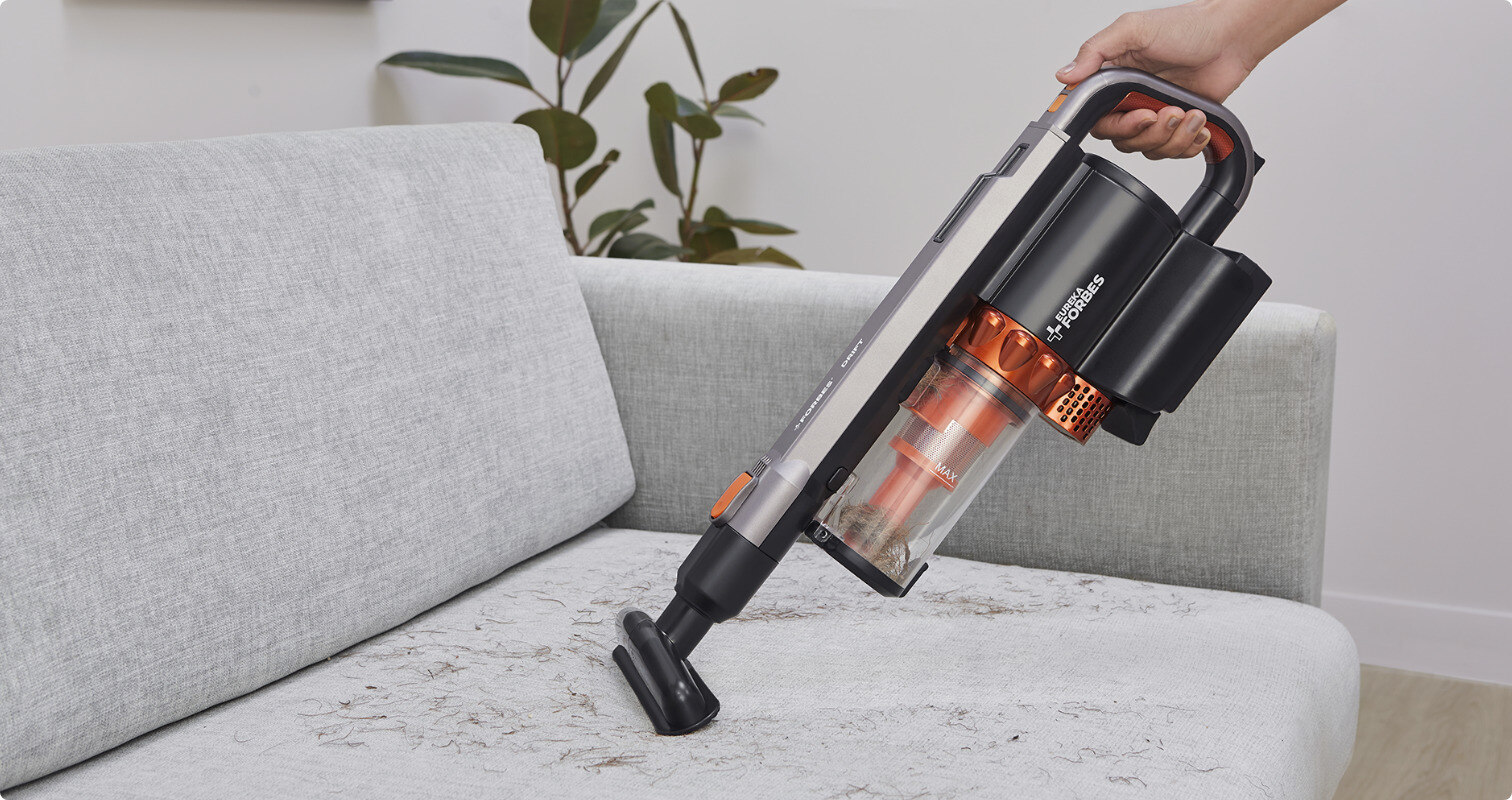

Cleaning Appliances
How Do You Know The Suction Power Of A Vacuum Cleaner
Modified: January 4, 2024
Discover how to determine the suction power of a vacuum cleaner and make informed choices when shopping for cleaning appliances. Learn more about cleaning appliances now!
(Many of the links in this article redirect to a specific reviewed product. Your purchase of these products through affiliate links helps to generate commission for Storables.com, at no extra cost. Learn more)
Introduction
Welcome to the world of vacuum cleaners, where suction power reigns supreme! Have you ever wondered how to gauge the effectiveness of a vacuum cleaner’s suction power? It’s not just about the wattage or the flashy marketing jargon; there are several factors that come into play. Understanding suction power is crucial in selecting the right vacuum cleaner for your specific cleaning needs. In this article, we’ll delve into the intricacies of suction power, explore the factors that influence it, and learn how to measure and interpret it. By the end, you’ll be equipped with the knowledge to make an informed decision when choosing a vacuum cleaner that truly sucks (in the best way possible, of course).
Key Takeaways:
- Suction power is the vacuum’s strength to pull in dirt and debris. Factors like motor strength, airflow design, and filtration impact suction power, crucial for effective cleaning.
- When choosing a vacuum, consider surfaces, filtration, maneuverability, and user reviews. Understanding suction power helps make informed decisions for cleaner, healthier living spaces.
Understanding Suction Power
Suction power, in the context of vacuum cleaners, refers to the strength of the airflow created by the motor that draws in air, dirt, and debris. It’s the force that pulls in the dirt from your floors, carpets, and upholstery, leaving behind a clean surface. Understanding suction power involves grasping the concept of airflow velocity and the volume of air moved by the vacuum cleaner. Essentially, the higher the suction power, the more effectively the vacuum can lift and remove dirt and dust from various surfaces.
When the vacuum cleaner’s motor generates suction, it creates a pressure difference that causes air to rush into the vacuum, bringing along dust and debris. The airflow then passes through the vacuum’s filtration system, separating the dirt and dust particles from the air, and expelling the clean air back into the room. This process is the heart of a vacuum cleaner’s cleaning prowess.
It’s important to note that suction power alone doesn’t determine a vacuum cleaner’s overall cleaning performance. Factors such as the design of the cleaning head, the efficiency of the filtration system, and the brush roll also play crucial roles in how well a vacuum can clean different surfaces. However, suction power serves as the foundation upon which the overall cleaning effectiveness is built.
Now that we have a basic understanding of suction power, let’s explore the various factors that influence it and ultimately impact a vacuum cleaner’s performance.
Factors Affecting Suction Power
Several key factors influence the suction power of a vacuum cleaner, each playing a significant role in determining its overall cleaning effectiveness. Understanding these factors can help you make an informed decision when selecting a vacuum cleaner that meets your specific cleaning requirements.
- Motor Strength: The motor is the powerhouse of a vacuum cleaner, driving the suction mechanism. A robust motor generates greater suction power, resulting in more efficient dirt and debris removal.
- Airflow Design: The design of the vacuum’s airflow path impacts its suction power. Efficient airflow design ensures that air can move smoothly through the vacuum, maximizing suction power and cleaning performance.
- Filtration System: A high-quality filtration system is essential for maintaining consistent suction power. It prevents dust and debris from clogging the vacuum, which can diminish suction over time.
- Seal and Hose Quality: Airtight seals and high-quality hoses are crucial for maintaining strong suction. Any leaks or poor-quality components can lead to suction loss and reduced cleaning efficiency.
- Dust Canister or Bag: The design and capacity of the dust canister or bag can impact suction power. Overfilling or clogging in these components can hinder airflow and reduce suction.
- Cleanliness of Filters and Brushes: Regular maintenance of filters and brushes is essential to sustain optimal suction power. Clogged filters or tangled brush rolls can impede airflow and diminish suction performance.
By considering these factors, you can assess the suction power capabilities of different vacuum cleaner models and make an informed choice based on your cleaning needs and preferences. Next, we’ll explore how suction power is measured and what it means for the overall performance of a vacuum cleaner.
Check the vacuum cleaner’s specifications for the air watts (AW) or the suction power in pascals (Pa). The higher the number, the stronger the suction power.
Measuring Suction Power
Measuring the suction power of a vacuum cleaner involves assessing the strength of the airflow and the resulting pressure differential created by the vacuum’s motor. This measurement is typically expressed in terms of air watts, water lift, or cubic feet per minute (CFM), providing insight into the vacuum’s ability to lift and remove dirt and debris from surfaces. Understanding these metrics can help you gauge a vacuum cleaner’s performance and suitability for different cleaning tasks.
Air Watts: Air watts is a common unit used to measure suction power. It represents the amount of power a vacuum cleaner’s motor uses to create suction. Higher air watts generally indicate stronger suction, enabling the vacuum to tackle tough cleaning challenges effectively. When comparing vacuum cleaners, a higher air watts value often correlates with superior suction power.
Water Lift: Water lift refers to the vacuum’s ability to lift a column of water against gravity. It is a valuable indicator of suction power, as it demonstrates the vacuum’s capacity to lift and remove dirt and debris from various surfaces. A higher water lift measurement signifies stronger suction, making the vacuum more adept at deep cleaning carpets and upholstery.
Cubic Feet per Minute (CFM): CFM measures the volume of air that the vacuum moves in one minute. This metric is particularly relevant for assessing the airflow capacity of a vacuum cleaner, which directly impacts its suction power. A higher CFM value indicates greater airflow and, consequently, stronger suction for efficient dirt and debris removal.
It’s important to note that while these measurements provide valuable insights into a vacuum cleaner’s suction power, they should be considered in conjunction with other factors such as filtration efficiency, brush roll design, and overall cleaning performance. A holistic assessment of a vacuum cleaner’s capabilities, including suction power, ensures that it aligns with your specific cleaning needs and delivers optimal results.
Now that we’ve explored the measurement metrics for suction power, let’s delve into the considerations for choosing the right vacuum cleaner based on its suction capabilities.
Choosing the Right Vacuum Cleaner
When selecting a vacuum cleaner, considering its suction power is crucial to ensure that it effectively meets your cleaning requirements. By understanding the key factors that influence suction power and the measurement metrics used to gauge it, you can make an informed decision when choosing the right vacuum cleaner for your home or workspace.
Surface and Cleaning Needs: Assess the surfaces you will be cleaning and the specific cleaning tasks you need to perform. For carpets and upholstery, a vacuum with strong suction power, indicated by higher air watts or water lift, is essential for thorough dirt and debris removal. If you have hard floors, consider a vacuum with adjustable suction settings to prevent scattering debris during cleaning.
Filtration Efficiency: A vacuum cleaner with a high-quality filtration system helps maintain consistent suction power by preventing clogs and maintaining airflow. Look for models with HEPA filters or multi-stage filtration to ensure that the vacuum effectively captures and retains fine dust and allergens, contributing to cleaner air in your living spaces.
Maneuverability and Accessories: Consider the vacuum’s design and accessories to enhance its cleaning versatility. Look for features such as swivel steering for easy maneuvering, adjustable brush rolls for transitioning between different floor types, and specialized attachments for targeted cleaning of upholstery, crevices, and above-floor surfaces.
Motor and Power Specifications: Evaluate the vacuum’s motor strength and power specifications, such as air watts and CFM, to gauge its suction capabilities. Opt for a vacuum with sufficient suction power to effectively tackle your cleaning tasks without excessive noise or energy consumption.
User Reviews and Recommendations: Research and review user feedback and recommendations for vacuum cleaners that align with your desired suction power and cleaning requirements. Real-world experiences and insights from other users can provide valuable guidance in selecting a vacuum that delivers on its suction promises.
Maintenance and Longevity: Consider the maintenance requirements and longevity of the vacuum cleaner. Choose a model with easily accessible and washable filters, transparent dust canisters or bags for monitoring fill levels, and durable construction for long-term reliability.
By carefully considering these factors and understanding how they relate to a vacuum cleaner’s suction power, you can confidently choose a vacuum that not only sucks up dirt and debris effectively but also contributes to a cleaner, healthier living environment. Now, armed with the knowledge of suction power and its implications, you’re ready to make an informed decision and invest in a vacuum cleaner that truly pulls its weight in keeping your spaces clean and fresh.
Read more: What Causes A Vacuum Cleaner To Lose Suction
Conclusion
Understanding the suction power of a vacuum cleaner is essential for making informed decisions when selecting a cleaning appliance that meets your specific needs. Suction power, driven by the vacuum’s motor strength, airflow design, and filtration efficiency, serves as a cornerstone of effective dirt and debris removal from various surfaces. By delving into the factors that influence suction power and the measurement metrics used to gauge it, you can navigate the diverse landscape of vacuum cleaners with confidence.
When choosing a vacuum cleaner, consider your cleaning requirements, the surfaces you need to clean, and the desired cleaning performance. Assessing the vacuum’s suction capabilities, filtration efficiency, maneuverability, and user reviews empowers you to make a well-informed decision that aligns with your cleaning goals and contributes to a cleaner, healthier living environment.
Ultimately, the suction power of a vacuum cleaner is not just about its ability to remove dirt and debris; it’s about enhancing the cleanliness and comfort of your living spaces. With the knowledge gained from understanding suction power, you can embark on your quest for the perfect vacuum cleaner, confident in your ability to evaluate and select a cleaning appliance that truly sucks – in the best possible way.
Armed with this newfound understanding, you’re ready to embark on your journey to find the ideal vacuum cleaner, one that seamlessly integrates powerful suction with efficient cleaning performance, making your cleaning tasks a breeze and your living spaces refreshingly clean.
Frequently Asked Questions about How Do You Know The Suction Power Of A Vacuum Cleaner
Was this page helpful?
At Storables.com, we guarantee accurate and reliable information. Our content, validated by Expert Board Contributors, is crafted following stringent Editorial Policies. We're committed to providing you with well-researched, expert-backed insights for all your informational needs.
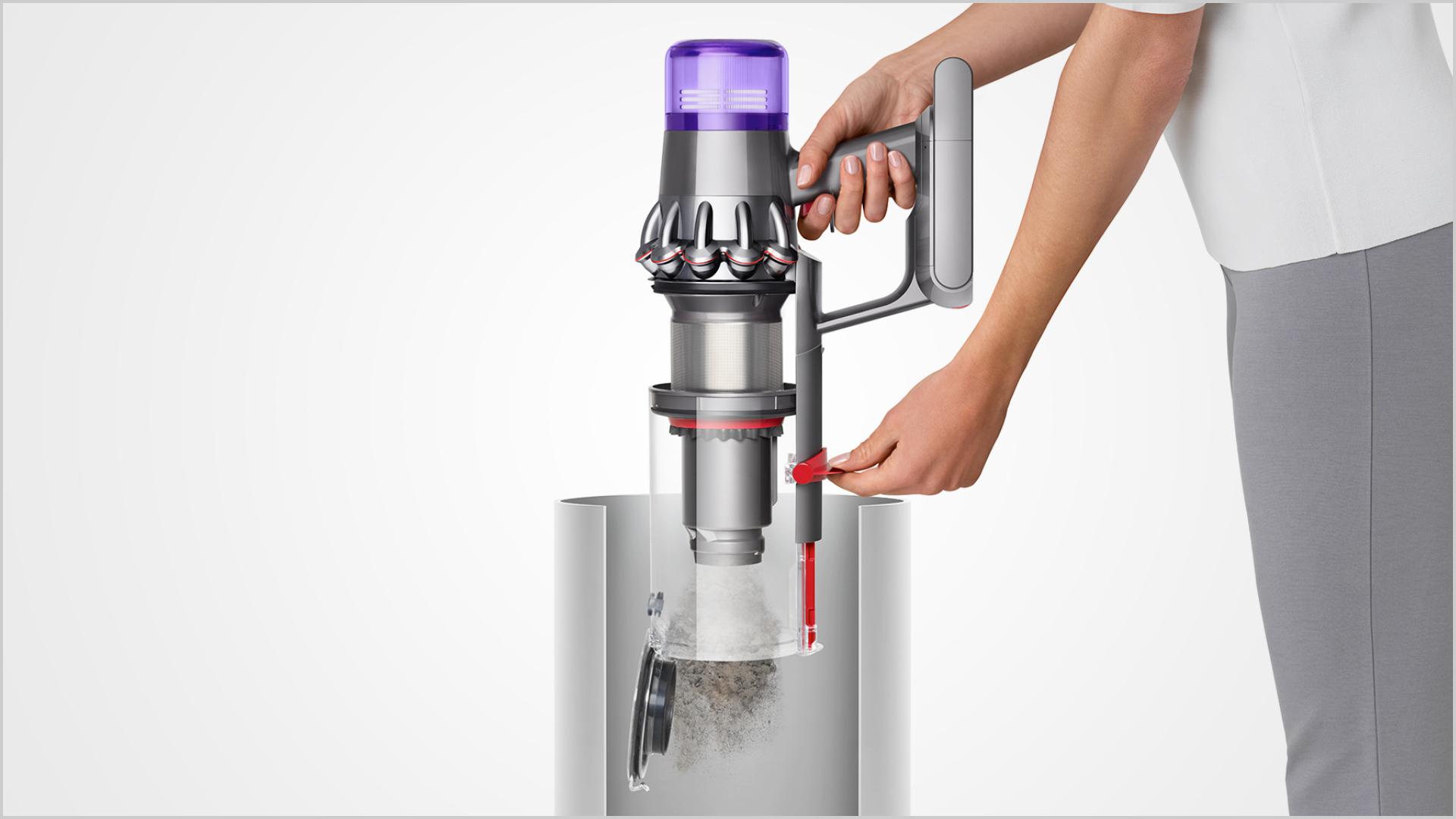
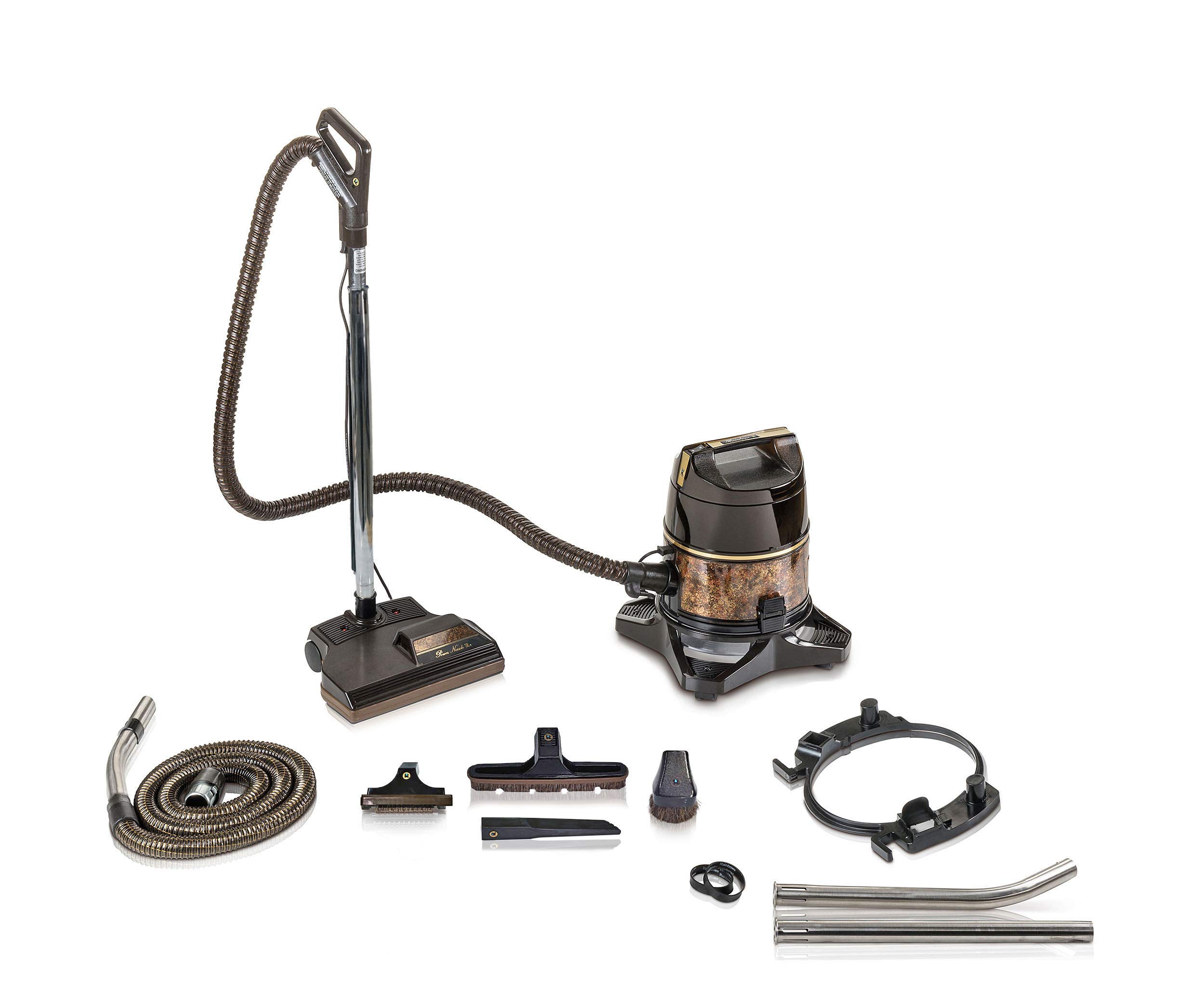
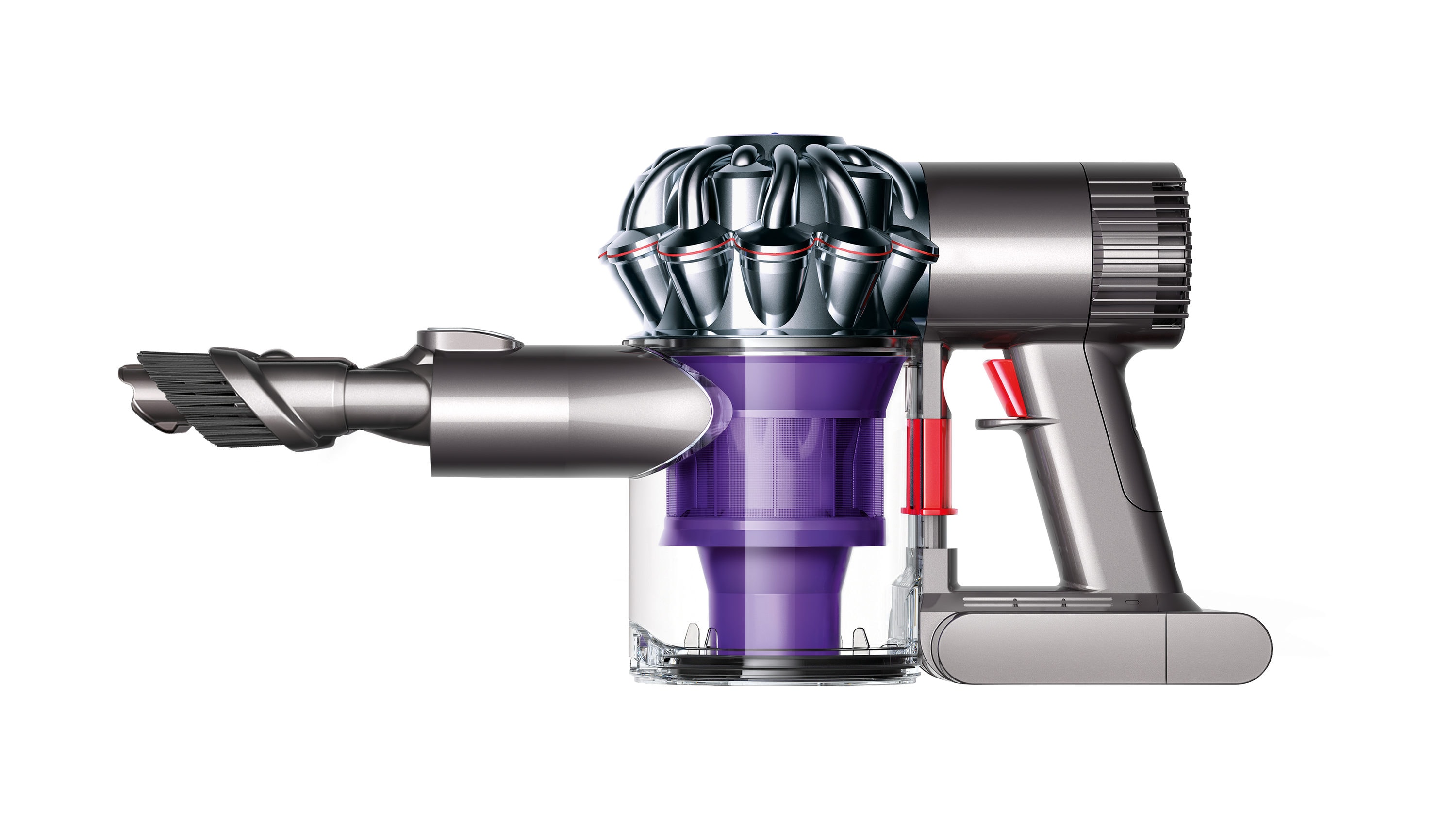
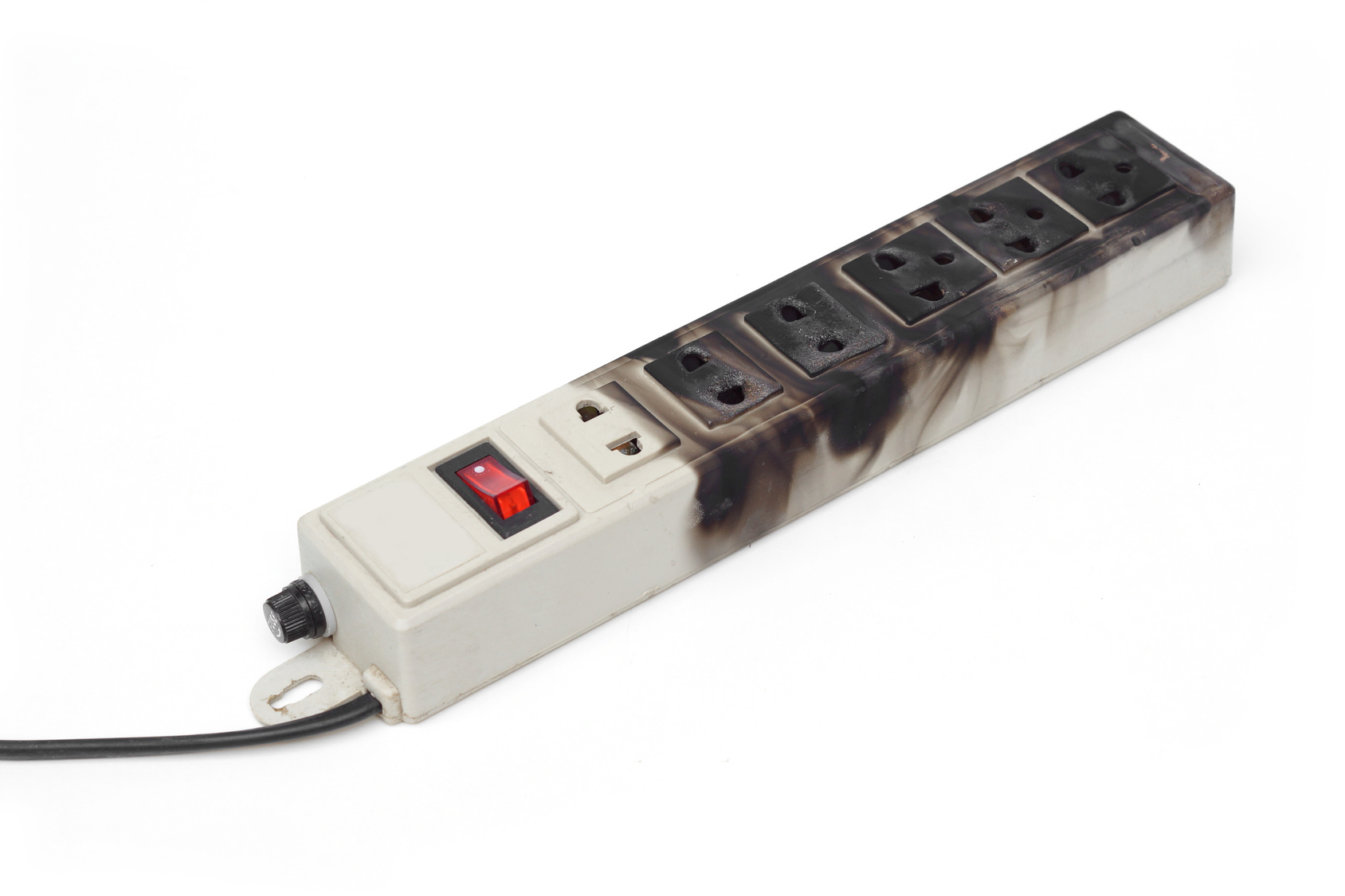
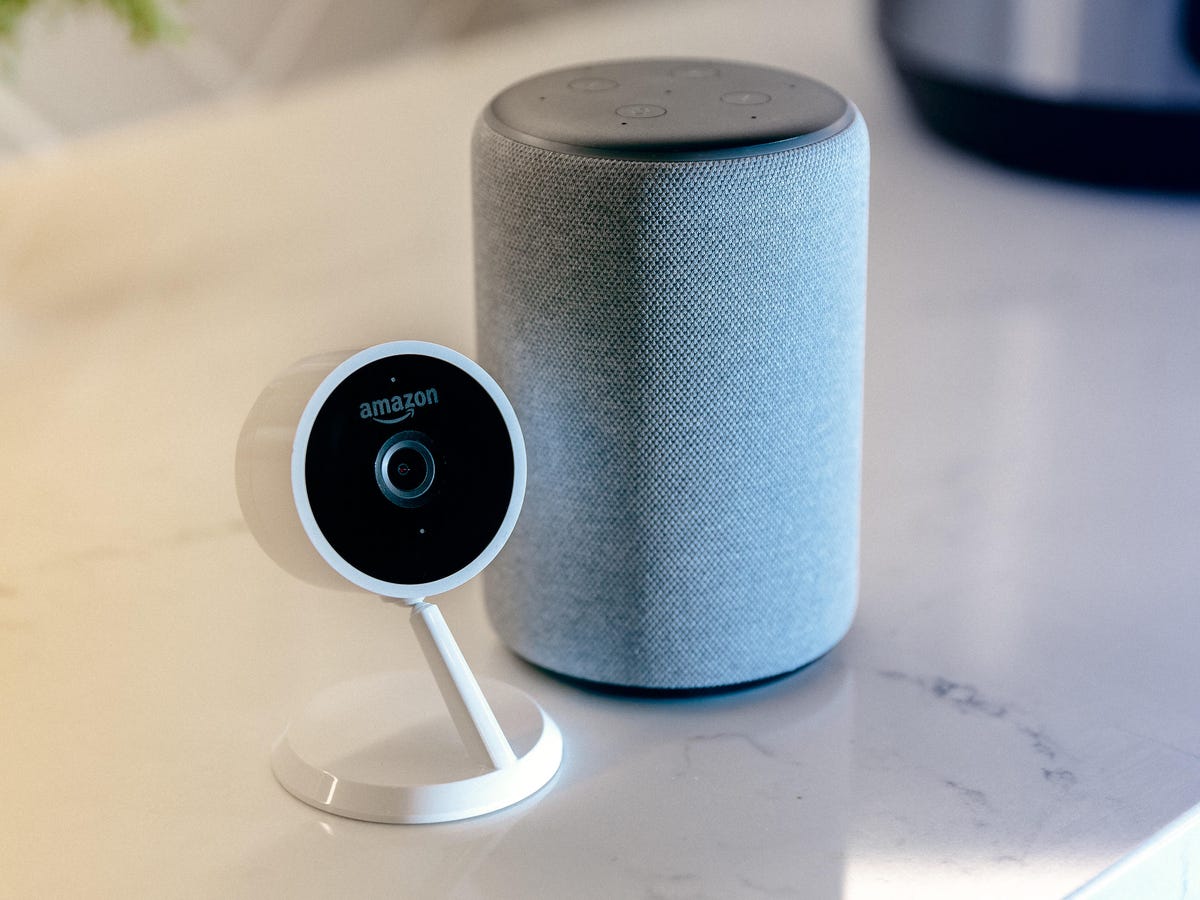
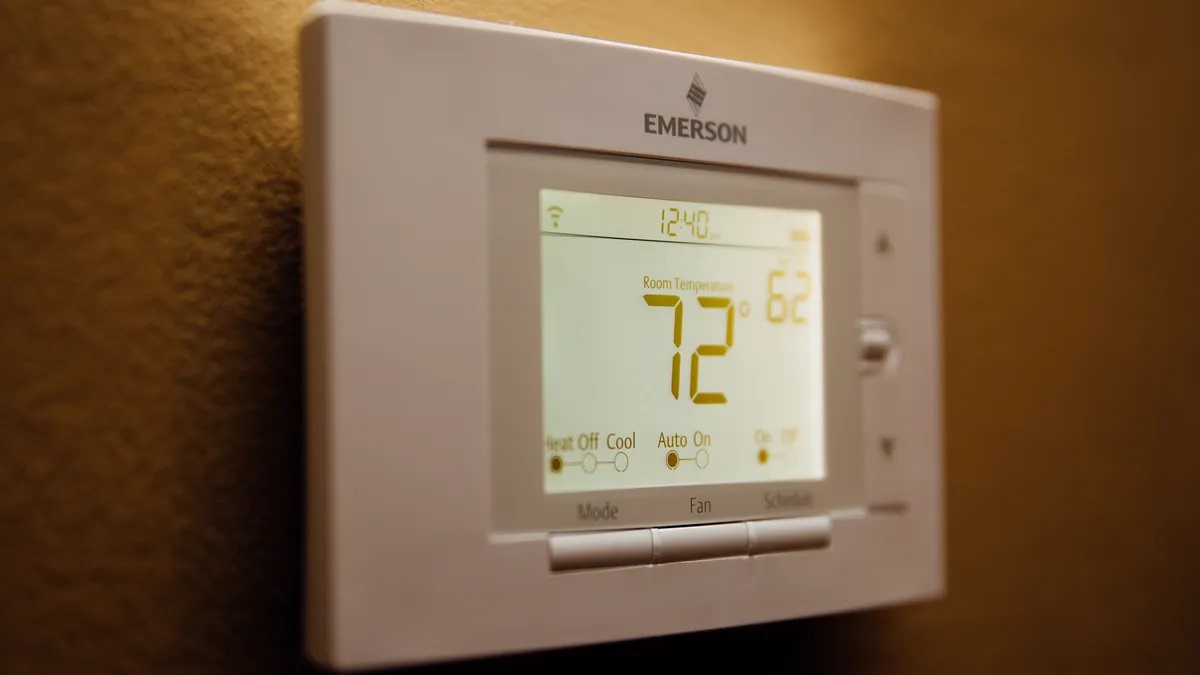
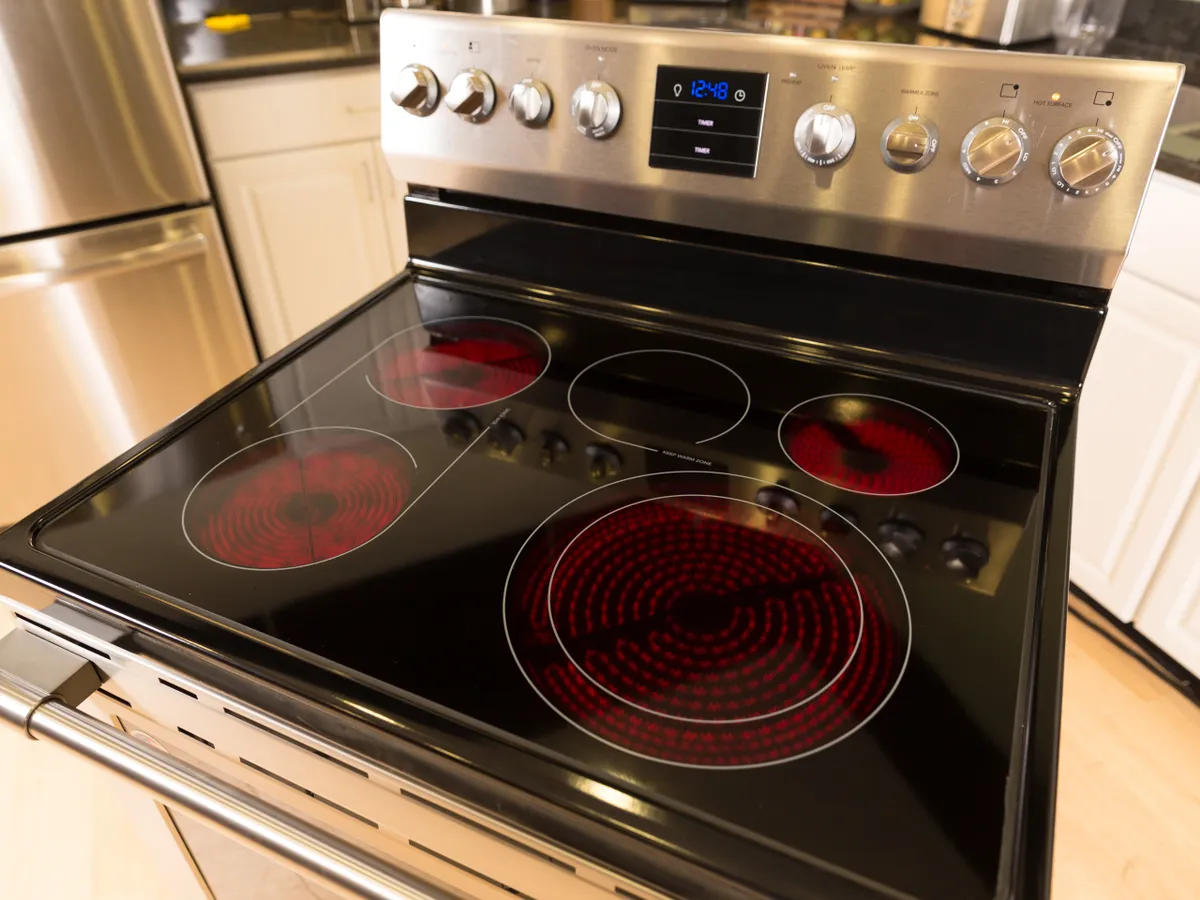

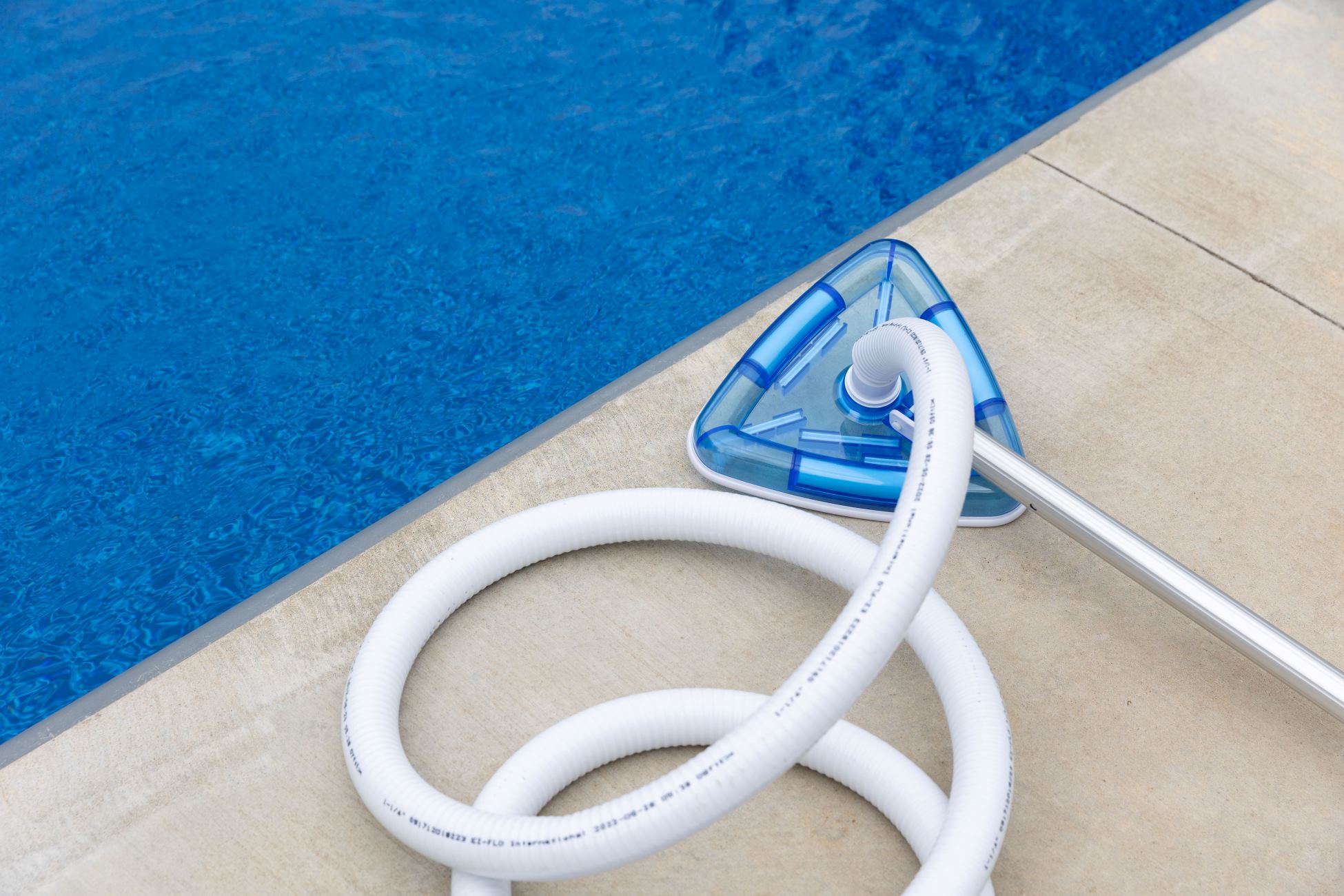
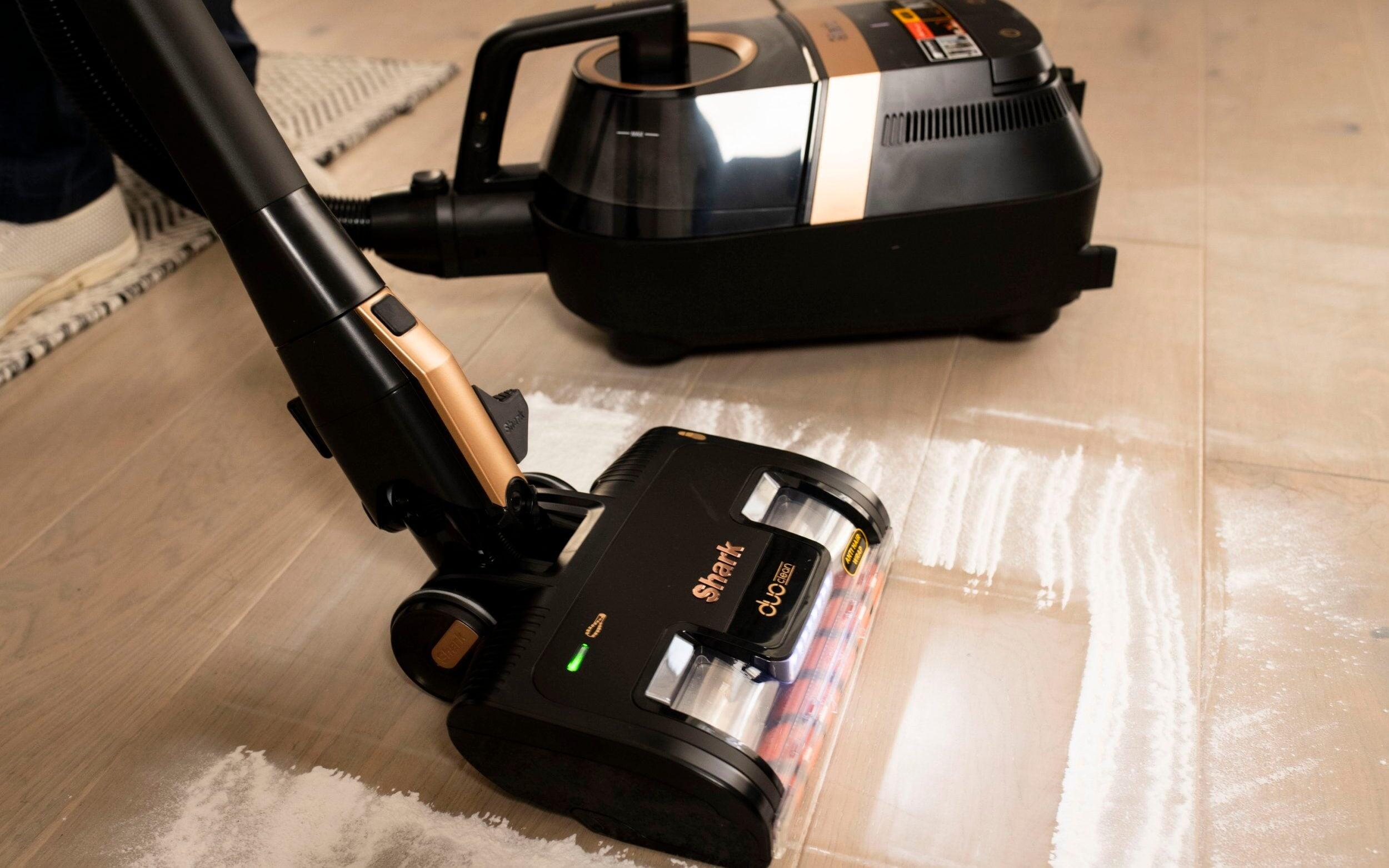
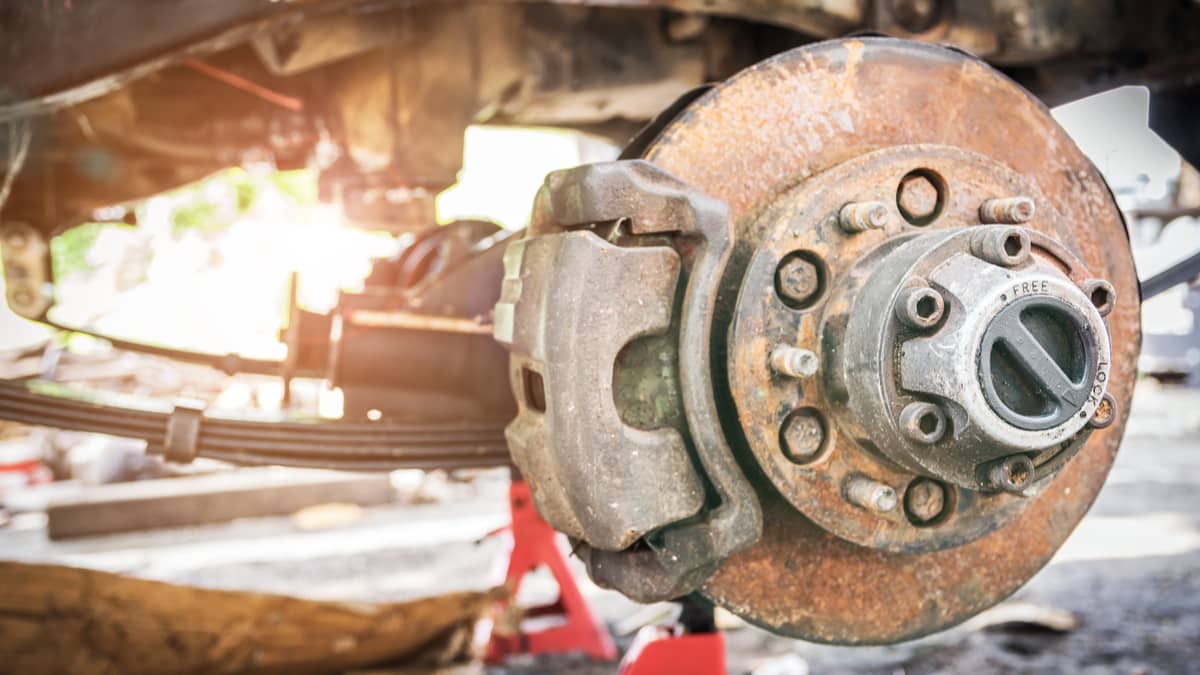


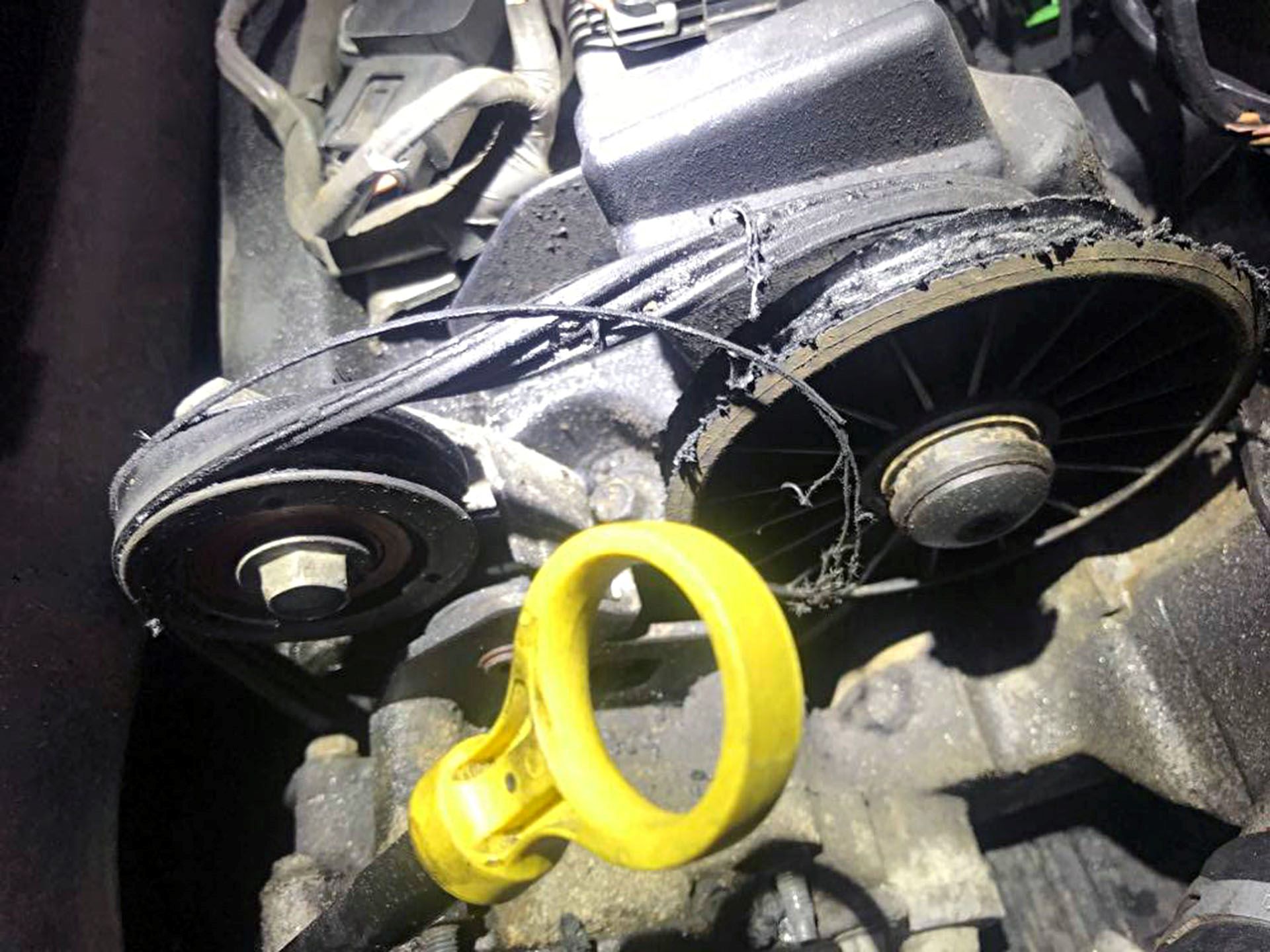

0 thoughts on “How Do You Know The Suction Power Of A Vacuum Cleaner”